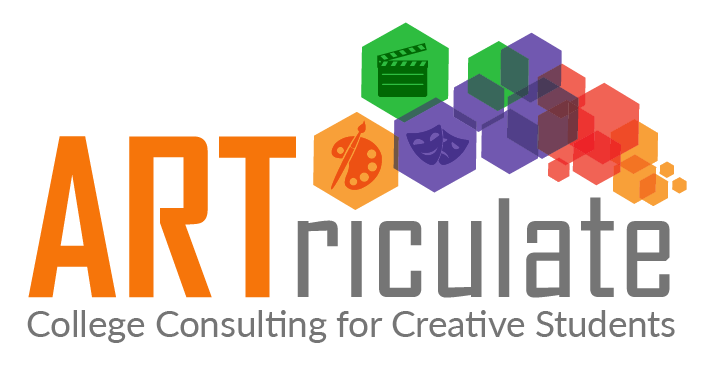A short primer on FAFSA and other financial aid terms
If you're applying to college this year hopefully completing the FAFSA is on your radar screen. The FAFSA (Free Application for Federal Student Aid) is a Federal government form which collects financial data used to assess your family's financial aid requirements and submits this information to the colleges to which you are applying. After completing the FAFSA you'll receive your Expected Financial Contribution (EFC) based on the data input. This is different than the Net Price Calculator (NPC) posted on each school's website that tells you what you should expect to pay based on a school's Cost of Attendance (COA) which includes tuition, room, board, and miscellaneous expenses. You can read about the interrelationship between the EFC and NPC on the College Board's site Why are my Estimated Family Contribution and my Net Price Results Different.
One important note and then a few items below... Don't assume that a private college is more expensive than your in-state university, RUN THE NUMBERS. Some schools have a lot of financial aid available (both need based and merit), do your homework, it will pay off.
Completing the FAFSA usually takes about an hour. Some points to note:
The 2022-2023 FAFSA is completed using tax forms from 2021. IF your financial status materially changed in 2022 you should communicate with the financial aid office as 2022 information is not collected in this year's FAFSA. You should have your 2021 tax forms available as you complete the FAFSA.
The FAFSA collects information on bank account balances. IF you have recently increased your balance (for example through a real estate or stock sale) and know that the balance will decrease in the very near future (for example through a real estate purchase) you might wait until the balances reflect that decrease as they will be used to determine your net worth.
The FAFSA automatically sends information to up to 10 schools you designate. IF you are applying to more than 10 schools you would submit to the first 10, once you receive the Student Aid Report (SAR) indicating they have received your information, you can delete those schools and add the additional schools to the list for your information to then be sent to them.
Complete the FAFSA early as aid may be allocated on a first come first served basis. The form opened for the 2022 application cycle on October 1.
Who should complete the FAFSA. Even families who are unlikely to qualify for aid should submit the FAFSA as some schools use FAFSA data to determine merit aid as well.
"You" and "Your" on the form refer to the student (not the parent).
You must complete the FAFSA each year you attend college.
You must apply for a FAFSA ID before completing the form. This ID is used to electronically sign the document and follows you through your years in college. Don't lose it!
Your EFC is expressed WITHOUT punctuation marks. This can be confusing. An EFC of 00400 is $400, an EFC of 10000 is $10,000, and is your expected annual contribution towards the Cost of Attendance (COA).
CSS Profile. The CSS profile is used by some schools to further analyze your financial situation. If a school requires it you must complete it as well.
Also note that many schools have scholarship deadlines earlier than the regular decision deadline and many have extra essays which must be written. Make sure to check the school's financial aid page for this information. Do your homework, it can make a significant impact on the cost of attendance.
